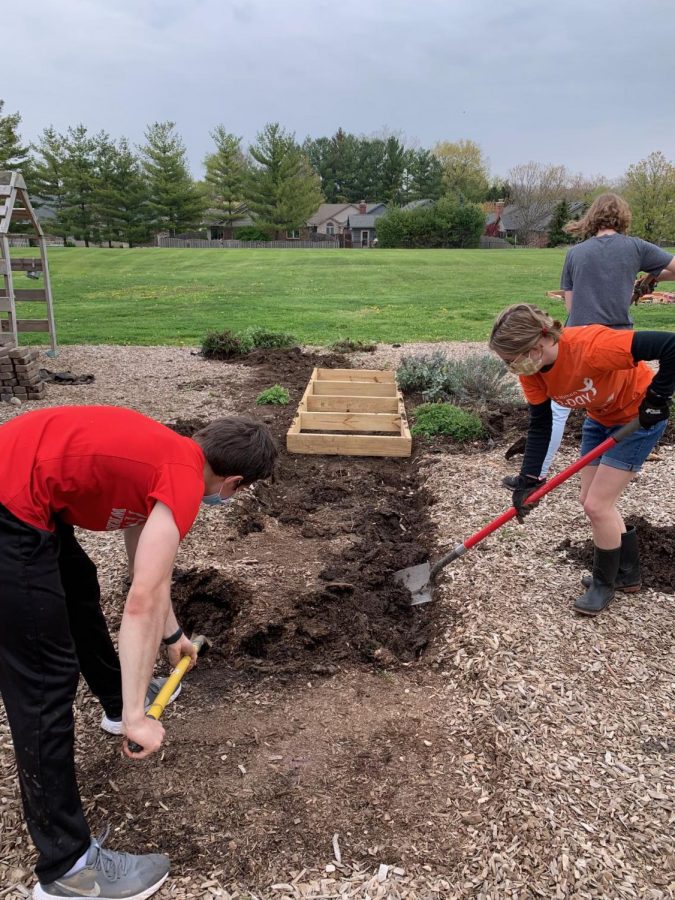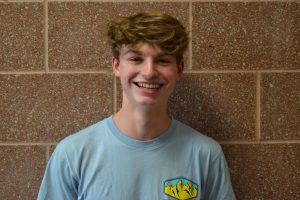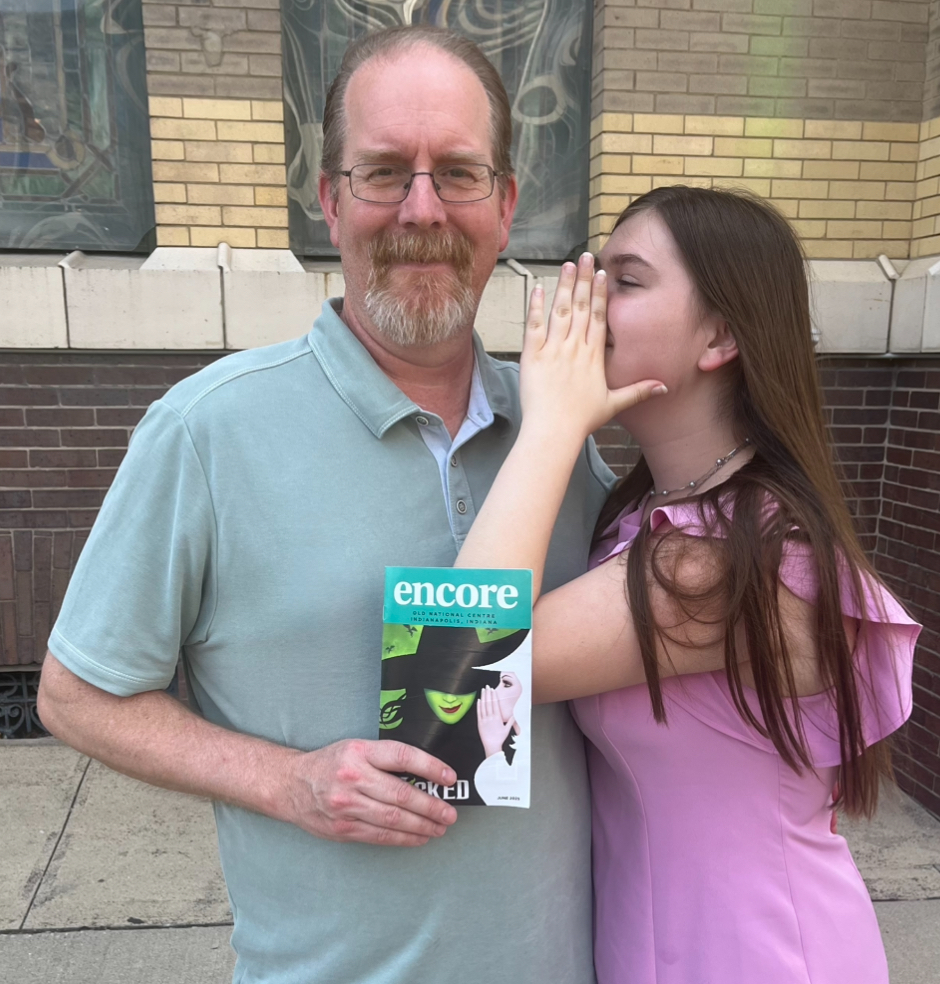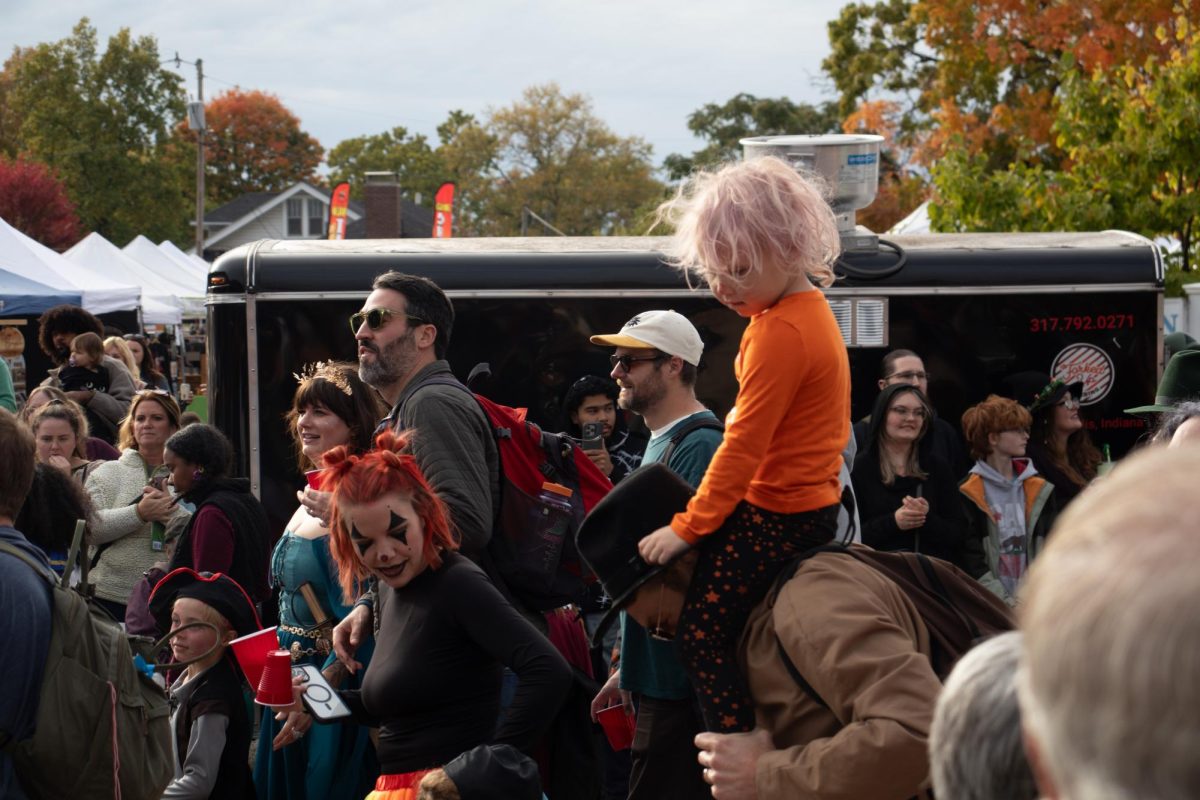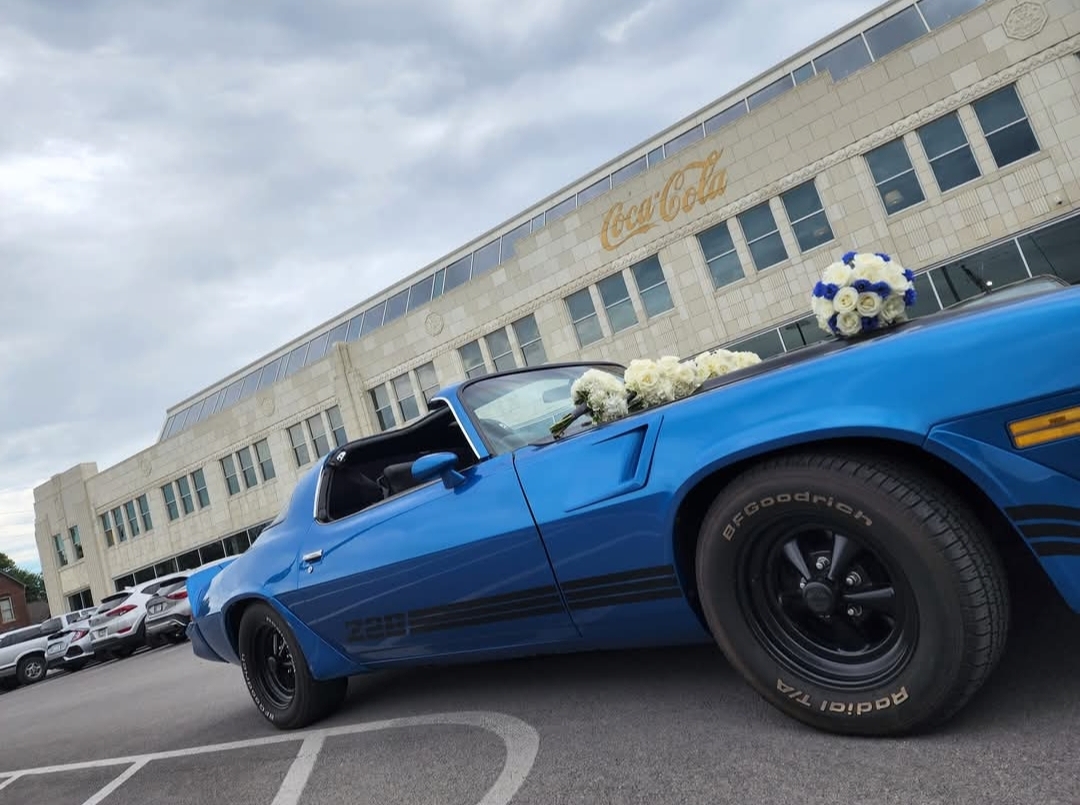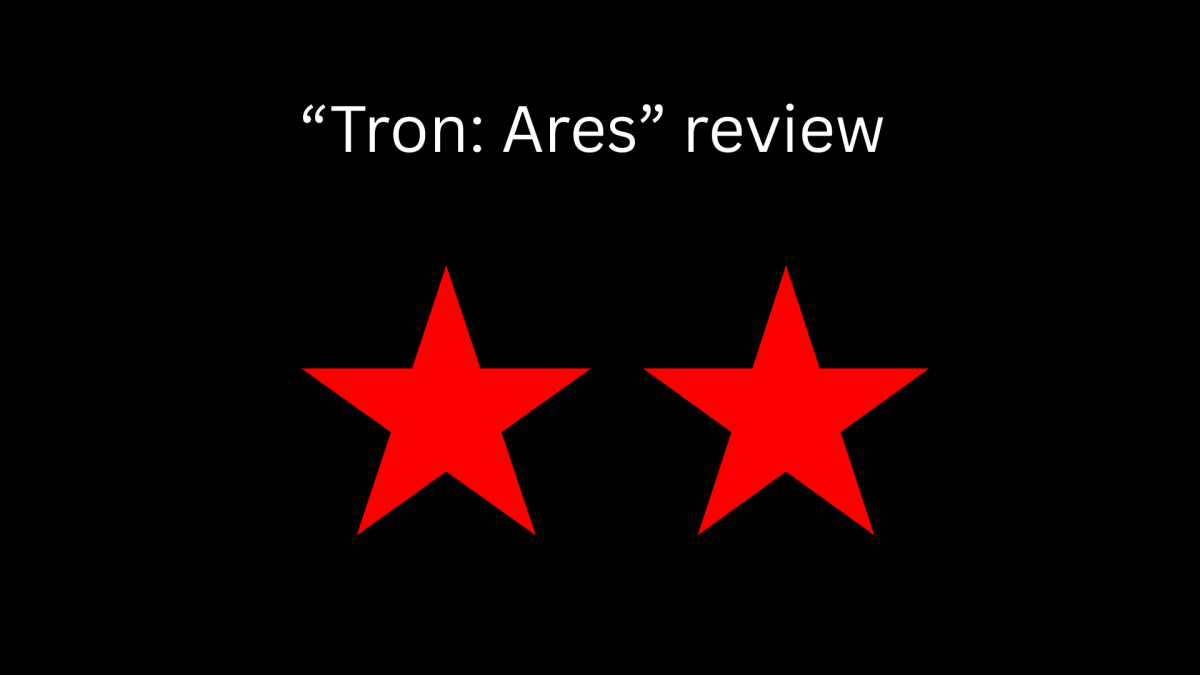IB program seeks to improve local preschool’s sensory pathway
Photo used with permission from Dylan Parodi
Seniors Dylan Parodi, Izzy Alexander and Mia Driskell work to dig a hole for the new sensory pathway frame. Sensory pathways are known to increase motor skills and a sense of balance and provide an outlet for stress relief.
May 18, 2021
On the corner of South 10th Street and Greenfield Avenue in Noblesville stands Nature’s Pointe Cooperative Preschool. The preschool is somewhat unique in that it prides itself on being nature and play-based and is owned and maintained cooperatively by the parents of the children enrolled on a non-profit and secular basis. Just a few months ago, behind the school, there lay an old, overgrown sensory pathway for children attending the school to play in.
A sensory pathway is essentially a ladder placed horizontally on the ground where each square created by the ladder’s rungs is filled with a distinct type of material found in nature, such as sand, rocks or wood. The idea is that the pathway will help students to improve their fine motor skills, spatial awareness and release stress as they interact with the world around them.
When International Baccalaureate (IB) students learned of the state of the school’s sensory pathway through a classmate’s mother, they knew they had identified their service project’s goal, according to senior Dylan Parodi.
“Each year the class of seniors in the IB program does this project at the end of the year. They have a lot of liberty with what they’re able to do with it, so they look at problems that they see in the community and try to figure out ways that they can help out,” Parodi said. “[We found out] that the preschool’s sensory pathway was very rundown, so what we decided to do this year was make them a new one.”
With that decision, the team of four got to work on achieving their goal. They split up into multiple jobs that each person would handle, with Parodi being in charge of material collection and budgeting and the others handling facets such as design, communication with the school and progress reports.
“The preschool didn’t really have a lot of funds to give us, so my role was focused on how we could fundraise the money necessary and how we could obtain the materials for the project at a good price but still maintain a good quality,” Parodi said. “At first we were focused on what materials we would need to build the frame and the various components that go inside of it. From there, I did a first run-through in the store to get a rough idea of what we needed and how much it was going to cost. Based on that I came up with a rough estimate of how much [money] we would need for this project.”
When looking to collect money, Parodi and the other students considered several options, such as selling masks or baked goods, but eventually settled on a GoFundMe because of the lack of cost upfront to begin fundraising. The fundraiser raised a total of $620, exceeding its goal of $400 by 55%.
Senior Ana Camorlinga, another IB student working on the design and progress reports for the project, initially sought out the project as a way to fill her IB diploma requirements, but has since shifted her focus.
“Ever since we started the project it has been more about actually finishing it so that the students can use it more than it has been about gaining IB credit,” Camorlinga said. “I definitely wanted to learn more skills like how to build stuff using wood and power tools, as well as being able to collaborate more with my fellow classmates.”
While the idea to fix the sensory pathway at the preschool was their final decision, the students considered other options to serve their community as well, according to Camorlinga.
“For a while we wanted to have a little art show to raise money for the Riley Children’s Hospital where we would have children draw or paint something and have people pay to enter the art gallery and see all of the art,” Camorlinga said. “Another idea we had was to make and sell face masks, especially because of COVID. We eventually settled on this sensory path because it would benefit our community and help students, as well as help us learn new skills.”
Parodi, Camorlinga and the others have nearly completed the project and hope that the new sensory pathway will make an impact on the children of the next generation.
“We saw that they had this old pathway and that it really wasn’t serving its purpose anymore and that the children weren’t able to use it in the way it was designed to be used,” Parodi said. “We wanted to make a big difference in the community; something that would last for longer than we would be in school for. This path is going to be there for years to come.”


